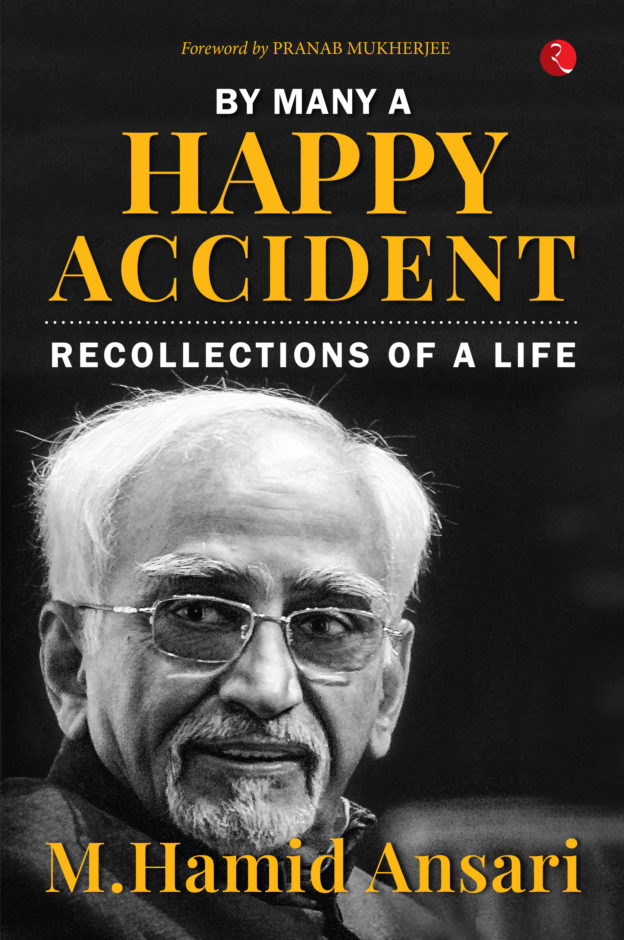Darjeeling: In Search of People's History of the Hills
Availability :
In Stock
₹ 1,520.75
M.R.P.:₹ 1975
You
Save: ₹454.25 (23.00% OFF)
(Inclusive
of all taxes)
Delivery:
₹ 60.00 Delivery charge
Author:
Dinesh Chandra Ray and Srikanta Roy Chowdhury
Publisher:
Manohar Publishers
ISBN-13:
9789394262010
Publishing Year:
2024
No. of Pages:
387
Weight:
1 kg
Language:
English
Book Binding:
Hardcover











